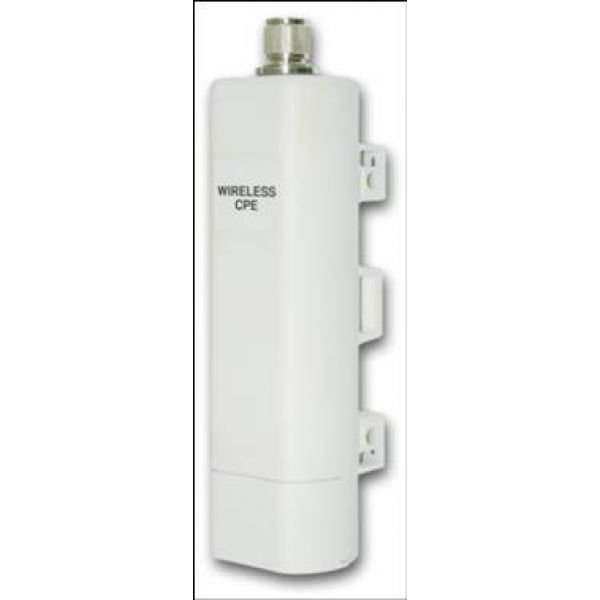
Q1. What usually are OSPF packets? What carry out that they do?
Answer: There are 5 OSPF packets:
Hello: Discover neighbors.
DD (Data Description): Exchange LSDB catalog (LSA headers).
Request: Ask neighbor that will send LSA that will I will not have.
Update: Send LSA required by simply neighbors.
Ack: Tell Update mailing router that I include attained your current Update.
In this OSPF simulation stated below, you can see packets usually are going on topology, their content, and effect to neighbor states.
Q2: What are generally neighbor states? What complete many people do?
Answer: There will be 7 states:
Down. Neighbor will be gone. E.g. neighbor is actually down, halts going OSPF, or is probably initialized.
Init: The node includes a one-way romantic relationship with a neighbor. It obtains a Hello on the neighbor.
2-way. The node features a bidirectional rapport with a neighbor. It includes received a Hello with the neighbor as well as Hello's neighbors variety contains my own name.
ExStart. Two neighborhood friends make a deal Master-Slave connection in advance of giving out LSA.
Exchange: Exchange LSDB online catalogs with neighbors along with find out there which LSA is usually missing.
Loading. Ask a neighbor to be able to deliver LSAs that I don't have.
Full: Two neighborhood friends have exact same LSDB. They have similar knowledge of the actual topology.
This is usually abstract. You cane easily see some sort of example from the OSPF simulation detailed below. It visualzies neighbors point out switching from every single router. Q3. How in order to communities 9 neighbor into some meaningful stages?
Answer. These reports can easily always be categorized directly into 4 stages:
- Discover neighbors. Down, Init, 2-way. Use Hello.
- Determine Master-Slave: ExStart, Exchange. Use DD.
- Find away that LSA to exchange: Loading. Use DD, Request.
- Synchronize LSDB: Full Adjacency. Use Update, Ack.
Note: State changes will be abstract. It's far more clear any time observing state changes on just about every node due to this fact with receiving OSPF packets. See Neighbor State Simulation listed under External links.
Q4. What is actually Master-Slave romance for neighbors?
Answer: When two friends are prompted to transaction LSA catalogs, they need to make use of a series number in order to tag LSA directory exchange. The initial employment would be to determine the sequence number. Two neighborhood friends alternate DD to help signify their Router ID. The one by using the larger Router ID is the winner and chooses a new series number.
Note. In that Neighbor State Simulation (see External link), DD packets in addition to their articles usually are visualized.
Q5. Why neighbors have to use a sequence amount in order to track LSA list exchange?
Answer: Sequence volumes are generally familiar with monitor LSA list transaction sessions. A router could possibly have a substantial LSA listing which should go back to wearing a single DD packet. This router may have several friends and neighbors for you to alternate LSA directory at the very same time.
Q6. Does OSPF use TCP to offer efficient transmission involving LSA?
Answer: No. OSPF utilizes Request-Update-Ack to make certain reliable tranny of LSA.
Q7. Why isn't going to OSPF use TCP in order to exchange LSA?
Answer: TCP is made to transfer substantial portion regarding facts all over a stuffed network. Its goal should be to adapt th at will network congestion and also avoid small fortune profits / losses due to router queue full. It is usually costly to begin a TCP sessions. An OSPF router transmits LSA to help straight attached neighbors. There is simply no multilevel blockage is actually engaged between sender plus receiver nodes. Using some sort of light weight send-ack efficient transmission method is actually sufficient.
This article will be FAQ of an active simulation: OSPF Neighbor state. You can easily have fun with the particular simulation detailed less than External links.
access point vs router
Niciun comentariu:
Trimiteți un comentariu